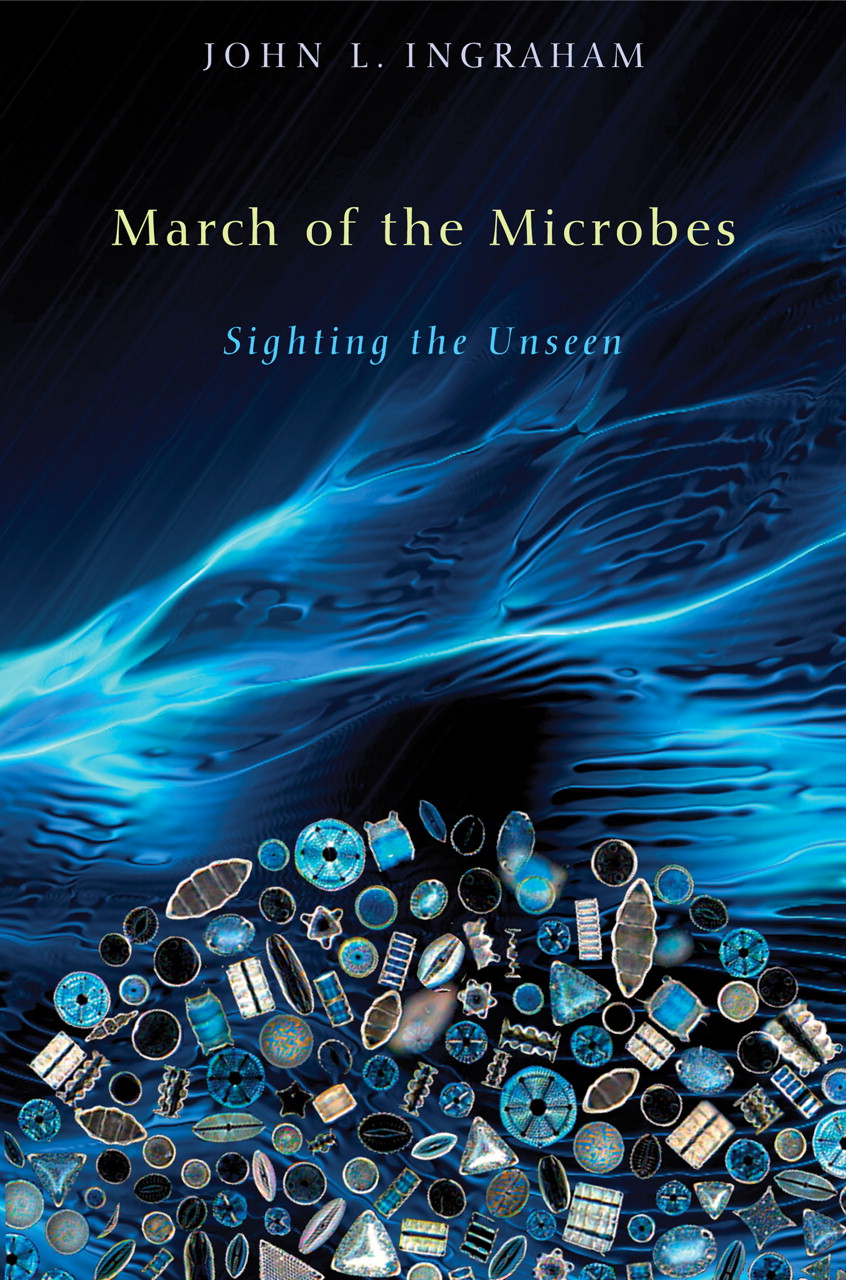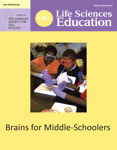Microbial Paradiso
INTRODUCTION
Microbes share with higher organisms many of the fundamental properties of life—genetics, metabolism—and have accomplished more than any other group in terms of solving basic biological and biochemical processes that allow adaptation for life on Earth. John L. Ingraham, former President of the American Society of Microbiologists, and Professor Emeritus at the University of California, Davis, has written an eloquent book detailing a series of episodes he calls “sightings,” that explain some of the evolutionary adaptations that microbes have undertaken to persist as one of the most fascinating groups of organisms. The book is divided into 14 chapters, ranging from the acquisition of metabolic energy to surviving in hostile environments. There is also a short glossary of some technical terms. Although the main focus is on bacteria, the author dedicates some chapters to protozoans, fungi, and viruses.

RECYCLING OF MATERIALS
The first three chapters of the book deal with some classification and energy considerations exclusive to bacteria. Ingraham deftly covers some of the unique ways by which bacteria acquire energy. The sightings are spiced up with the author's engaging narrative style. For instance, on pages 25 and 31, respectively, he discusses why ocean fish smell fishy and the composition of human flatus. Additional anecdotes include: production of champagne, Swiss cheese, cola, laundry detergents, and other fascinating aspects of fermentation. Moreover, Ingraham pays attention to the process of discovery throughout the book, thus adding to its pedagogical value. For instance, he makes detailed reference to Fred Griffith's discovery of DNA as the “transforming principle” as well as the work of Oswald Avery and colleagues (pp. 68–70). Chapter 4 deals with cycling of nitrogen, while including the importance of lichens and the importance of symbiotic relationships. In addition, the author provides an excellent explanation of the bacterial link to obesity in light of symbiosis (pp. 87–90).
HOSTILITY AND SURVIVAL
Chapter 8 deals with hostile environments and how microbes have managed to overcome those hostilities. This chapter includes details about the discovery of Thermus aquaticus, as well as the geochemistry of hot springs. Chapter 9 is devoted entirely to fungi and offers an excellent explanation of the mechanism for Dutch elm disease (p. 205). Viruses are discussed in Chapter 10, including familiar viruses such as HIV. In addition, the history of the myxoma virus in Australia and its consequences is detailed as an instance of human intervention gone wrong (pp. 222–225). Pathogenic bacteria are discussed in Chapter 11, which includes some recent bacterial outbreaks to reinforce the notion of “how quickly microbes can evolve” (p. 262). The last three chapters bring the reader to appreciate the versatility of microbes in terms of facilitating biochemical and geochemical processes, such as snowmaking, cloud formation, and cave formation. Resistance to radiation by some bacteria is discussed in Chapter 14 as a conundrum in evolution. The author also discusses how there is much more that scientists can investigate about microbial adaptations.
CONCLUSION
March of the Microbes provides a fascinating journey to some sightings into the microbial world. Ingraham's engaging writing style makes this book a page-turner and provides much material to enhance lessons dealing with microorganisms and related processes. Teachers at both the pre-college and college levels will find plenty of material to supplement background information and enable students to appreciate the uniqueness of microbial species. The readability of the book and the fast pace of the narrative makes this book a valuable resource for anyone interested in microbiology and evolutionary strategies. After reading March of the Microbes, I was convinced as to why microbes have persisted on Earth for over three billion years and will continue to do so. Ingraham finishes the book by invoking Louis Pasteur on page 306 by saying: “microbes, indeed, will have the last word.” No doubt about that.



